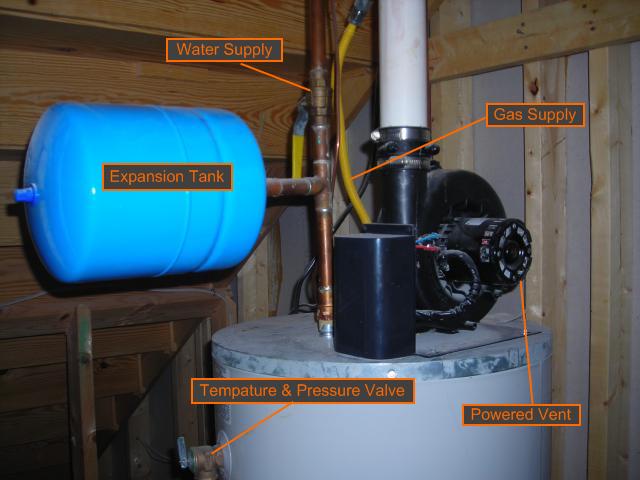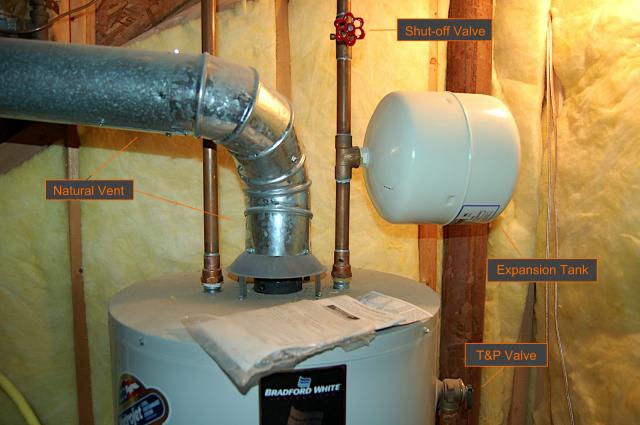Turtle Rouge:
Another thought...
Another thing to note is whether or not your PRV has a large brass knurled or hex nut on the bottom. On the PRV's on hot water heating systems, there will typically be a brass or stainless strainer screen in the PRV that can be replaced by removing that large knurled or hex nut. (And, it's NORMAL for newbie homeowners to start fiddling with the pressure setting on their PRV when it's not maintaining the heating system pressure only to discover that the problem was a clogged strainer screen.)
What's crossing my mind is that if your PRV has a clogged strainer screen, then the "burst of pressure" you're experiencing may be what the pressure in your water supply system should normally be, and the lower pressure afterwards may simply be due to the lower flow rate through a partially clogged strainer screen.
For example, if you look at this Watts pressure reducing valve:
The cutaway view below reveals that the knurled knob on the upstream end of the PRV is there to allow removal of the strainer screen for cleaning. All the water flows through that strainer screen before flowing through the PRV and into your house. My personal experience has been that most of the problems I have with leaking faucets is the result of sand and hard dirt like metal filings in the water coming into the building. If your PRV has a strainer on it, (and I expect it should) then I'd also expect that screen would need to be cleaned periodically. It's common for hot water heating sytem PRV's to have their screens clog up, so I would expect the same thing from the PRV on a house's water supply piping.
Also, here's what I consider to be a good idea...
On the pressure reducing valve to my hot water heating system boiler, within 2 feet downstream of that PRV I have both a tee with a pressure gauge and a ball valve with a drain on it on the upstream side. That arrangement allows me to close the ball valve and adjust the setting of the PRV very quickly and accurately because the 2 feet of pipe downstream of the PRV pressures up very quickly as water flows into it. Once I adjust the PRV to the correct pressure with the ball valve closed, I can open the ball valve and have confidence that the whole heating system will be filled to that same pressure over the next few hours or so. That's why I set it up like that.
If you have a PRV on your house's water supply piping, you might want to put the same kind of piping in place. That would let you check to see what pressure the PRV is set at, and whether or not it's maintaining that pressure when you open a faucet.








